It should be made clear that the source of COVID-19 is still unknown, despite much of our media claiming the source to be the infamous wet market in Wuhan and the UN subsequently calling to end all of such markets 1. True; many of the first cases had links to the wet market in Wuhan. However the first known case – patient zero – emerged in November 2019, with no links whatsoever to the Wuhan market. Animals too were tested from this market, again no positive tests 2, 3, 4. The jury is out.
It is a fact that this disease is zoonotic (genetically jumping from animal to human) and directly related to the way in which humans farm, consume, and trade animals 5. Viral pandemics that genetically originate in animals are not rare, and we are warned they are increasing 6. It is also a fact that this current viral outbreak, and those in the past, are not ‘happening’ to us, rather it is a reality of the world in which we live; pigs, humans, bats and viruses exist together. Eradicating one virus will not eradicate the system that is perpetuating the prevalence of murderous diseases. We need to consider how to mitigate and reduce the likelihood of this happening again. A large part of this is changing the way in which we cohabit this planet with animals.
“If you actually want to create global pandemics, then build factory farms” – says Dr Michael Greger in his book, ‘Bird Flu: A Virus of Our Own Hatching’.
There are two emerging theories as to the origins of this outbreak. One is that the transmission has gone from animal to human early and the virus has been mutating into its current deadly form within humans (which would completely discredit any links to the Wuhan seafood market). The other theory; another animal was host to the disease before it jumped to humans. This is supported by a study in Nature where it goes on to suggest that this efficient natural selection of the virus through mutations would have required a high population density of said host species 7. Prizes for those who can think of places where animals are in high densities… Much of the media has suggested a pangolin was to blame 9. A recent study states that this was just as likely to have been a mouse or a civet or a sheep or a goat. Or indeed a pig 7, 8. The jury is also out on this one too, but it does bring to the fore the prevalence of zoonotic diseases that have had some link to domesticated animals. Or farmed animals. Or factory farmed animals; the perfect environment for mutating viral diseases (past outbreaks include H1N1, H1N5 and H7N9, or swine and bird flu’s, all linked to factory farming).
The animals on the list of potential hosts besides the pangolin that live in high densities have been given very little attention in the media, but pigs would be the obvious place to start; their immune systems are similar to humans’ which was a factor in the Nipah virus outbreak in Malaysia in 1998 10. and, ironically, the reason that pigs are now being used in pre-clinical trials for COVID-19 vaccines 12. Three years before COVID-19 an outbreak occurred where thousands of pigs died from SADS (Swine Acute Diarrhoea Syndrome), also a coronavirus, thought to have jumped from bats to nearby pigs. Subsequent transmission to humans did not occur but laboratory tests demonstrated that it could have 10. A near miss.
There are numerous epidemics affecting pig populations worldwide, the most recent being ASF (African Swine Fever) which is ruining the livelihoods of many small farmers and killing millions of pigs globally11. Worryingly, recently 30,000 pigs were killed in Romania as the disease made an appearance in Europe. Porcine epidemic diarrhoea (PED) – yet another coronavirus – wiped out 7 million piglets in less than a year. And ‘blue ear’ or PRRSV (Porcine Reproductive and Respiratory Syndrome Virus), which first emerged in the factory farms of the US and Europe in the 1990s, killing millions of pigs when it spread to China and Vietnam in 2007-2008. We must also scrutinise the political and economic environments that emerge when the pig industry is confronted by an epidemic. Small farmers are hit the worst 11, livelihoods are lost and millions of pigs die. The price of pork soars. And then, something that is very little mentioned, the big pig monopolies gain;
“Here is the irony; we are the world’s largest hog producer, and there’s this hog disease, and we had it. That caused a disproportionate rise in prices and we actually ended up making more money.” – Ken Sullivan, CEO Smithfield 14. The world’s biggest pork producer, and owner of the farm in Mexico where Swine Flu (H1N1) is thought to have originated in 2009.
Factory farms win in short. And their owners. Who are definitely not farmers. Perhaps it is then no surprise that there has been no traction to end factory farming amidst related pandemics; it’s exactly them that are profiting.
Society is looking for a vaccine for COVID-19 and will most likely find the vaccine. Humans will be injected with a sample of this virus, (potentially first tested on pigs) and some immunity acquired. But what of the intensive, industrial systems that are creating these viruses? What is the point in creating vaccines for viruses if we are doing nothing to halt the conditions in which the diseases multiply and mutate? We must end factory farming and end the putrid breeding ground for pandemic diseases.
[1] Patrick Greenfield, “Ban wildlife markets to avert pandemics, says UN biodiversity chief”,
https://www.theguardian.com/world/2020/apr/06/ban-live-animal-markets-pandemics-un-biodiversity-chief-age-of-extinction
[2] Carolyn Kormann, “From Bats to Human Lungs, the Evolution of a Coronavirus”,
https://www.newyorker.com/science/elements/from-bats-to-human-lungs-the-evolution-of-a-coronavirus
[3] Jon Cohen,”Wuhan seafood market may not be source of novel virus spreading globally”
https://www.sciencemag.org/news/2020/01/wuhan-seafood-market-may-not-be-source-novel-virus-spreading-globally
[4] GRAIN; “New research suggests industrial livestock, not wet markets, might be origin of Covid-19” https://www.grain.org/en/article/6437-new-research-suggests-industrial-livestock-not-wet-markets-might-be-origin-of-covid-19
[5] Washington Post; “The next pandemic is already coming, unless humans change how we interact with wildlife, scientists say”
https://www.washingtonpost.com/science/2020/04/03/coronavirus-wildlife-environment/
[6] ‘One world, one health: combating infectious diseases in the age of globalization
https://academic.oup.com/nsr/article/4/3/493/3789515
[7] The proximal origin of SARS-CoV-2
https://www.nature.com/articles/s41591-020-0820-9
[8] Predicting the angiotensin converting enzyme 2 (ACE2) utilizing capability as the receptor of SARS-CoV-2
https://www.sciencedirect.com/science/article/pii/S1286457920300496
[9] Helen Briggs; “Coronavirus: Pangolins found to carry related strains”
https://www.bbc.co.uk/news/science-environment-52048195
[10] TRANSMISSION OF HUMAN INFECTION WITH NIPAH VIRUS – Improving Food Safety Through a One Health Approach
https://www.ncbi.nlm.nih.gov/books/NBK114486/
[11] Broad Cross-Species Infection of Cultured Cells by Bat HKU2-Related Swine Acute Diarrhea Syndrome Coronavirus and Identification of Its Replication in Murine Dendritic Cells In Vivo Highlight Its Potential for Diverse Interspecies Transmission
https://jvi.asm.org/content/93/24/e01448-19
[12] Michael Standaert; ‘African swine fever destroying small pig farms, as factory farming booms –report’
https://www.theguardian.com/environment/2020/mar/11/african-swine-fever-destroying-small-pig-farms-as-factory-farming-booms-report
[13] ‘Researchers trial new COVID-19 vaccine on pigs before human trials commence soon’
https://thepigsite.com/news/2020/03/researchers-trial-new-covid-19-vaccine-on-pigs-before-human-trials-commence-soon
[14] National hog farmer; Smithfield CEO looks ahead to 2019
https://www.nationalhogfarmer.com/marketing/smithfield-ceo-looks-ahead-2019
Share This Article
Related ArticlesView All
Anaerobic Digesters Facilitating UK Factory Farm Expansion
Malcolm McAllister, CEO of Farm Renewables UK, paints a rosy picture of the anaerobic digester (AD) plants which his company… Read More
Is Red Tractor High Welfare?
When it comes to buying pork, the Red Tractor label does not offer any assurance that the pigs were raised… Read More
Cruel Farmers or a Cruel System?
The horror story experienced by US pig farmers who, between May and September, will have cruelly euthanized 10 million pigs,… Read More
Factory Pig Farms Create New Strain of Swine Flu, Scientists Warn
A new strain of the swine flu virus, H1N1 G4, has been detected both in pigs and humans in China…. Read More
Farm Expert Interview 6: Dr Immo Fiebrig
Dr. Immo Norman Fiebrig from Germany, a licensed pharmacist and PhD in biochemistry explains his ‘Corona Triangle Hypothesis’ where mapping… Read More
Farm Case Study 9: Pipers Farm, Devon
Peter at Pipers Farm rears free-range Saddleback pigs. His online business provides healthy, sustainable, high welfare meat straight to people’s… Read More
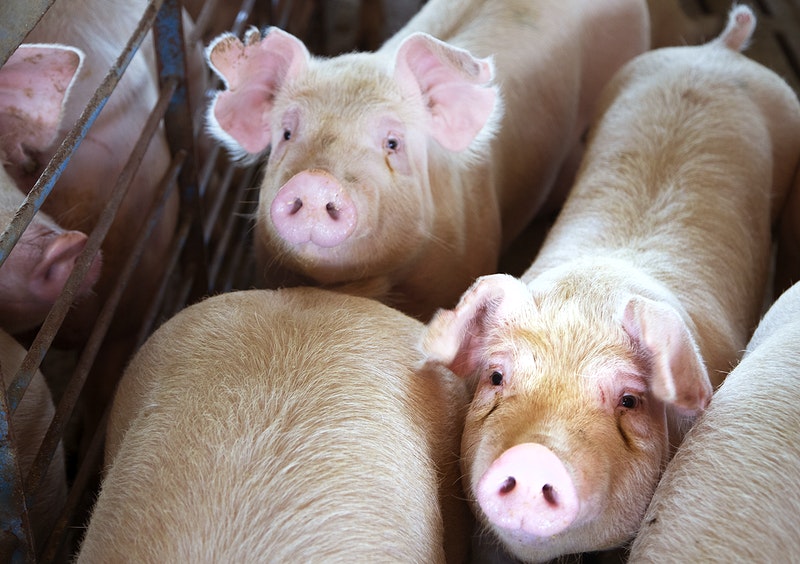
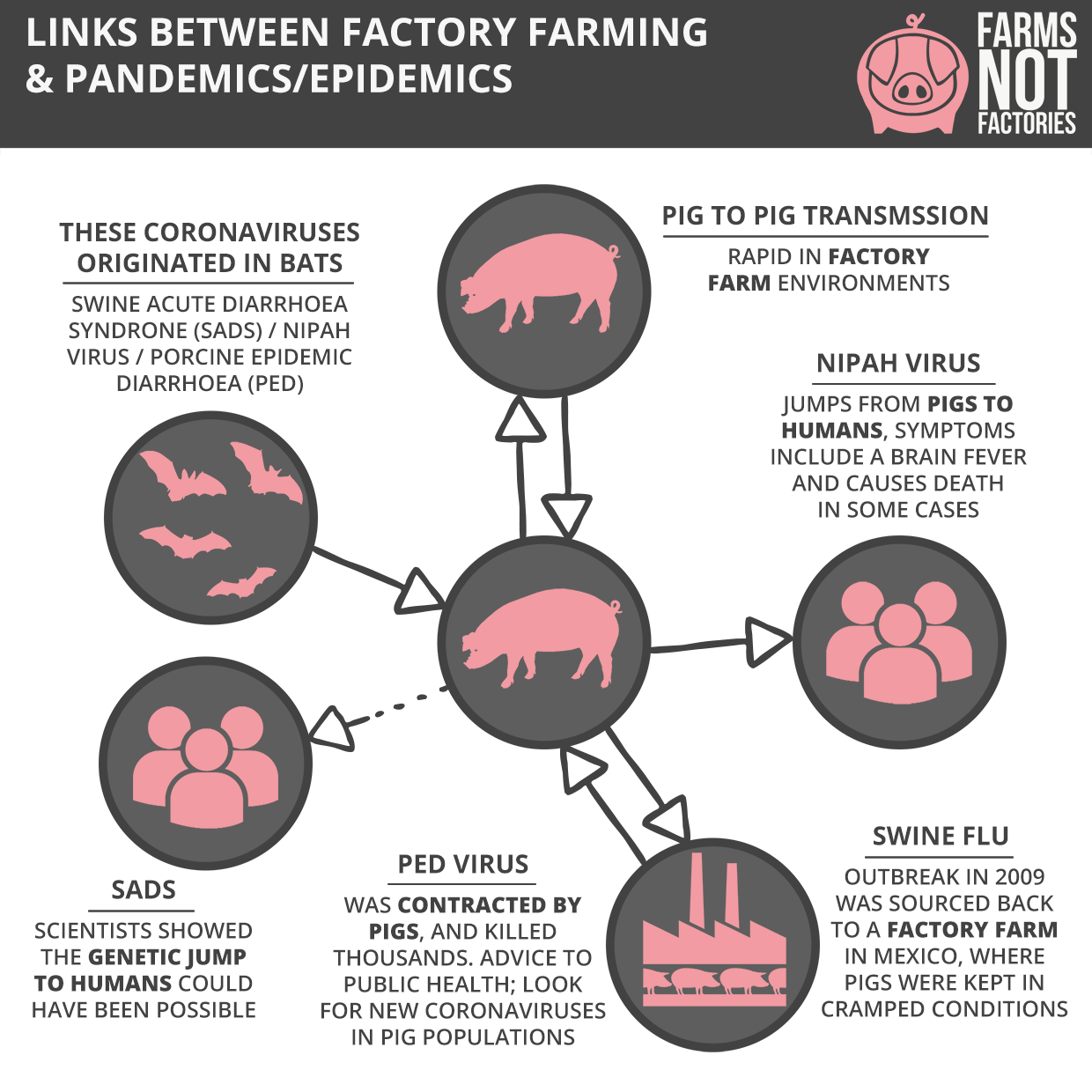
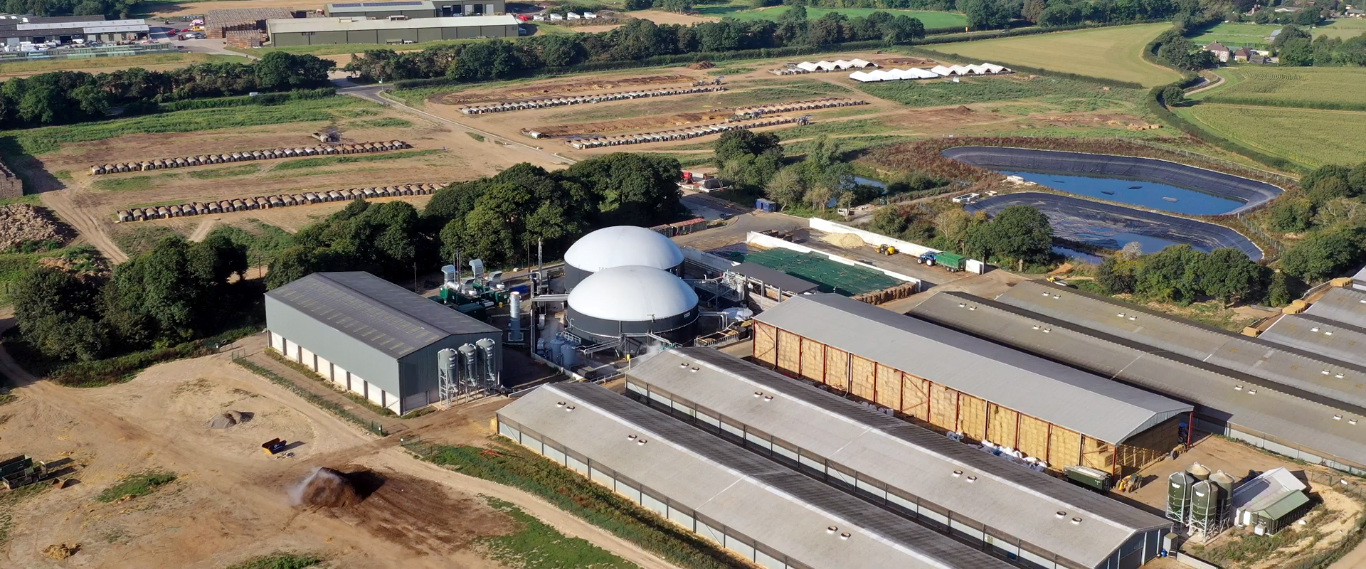

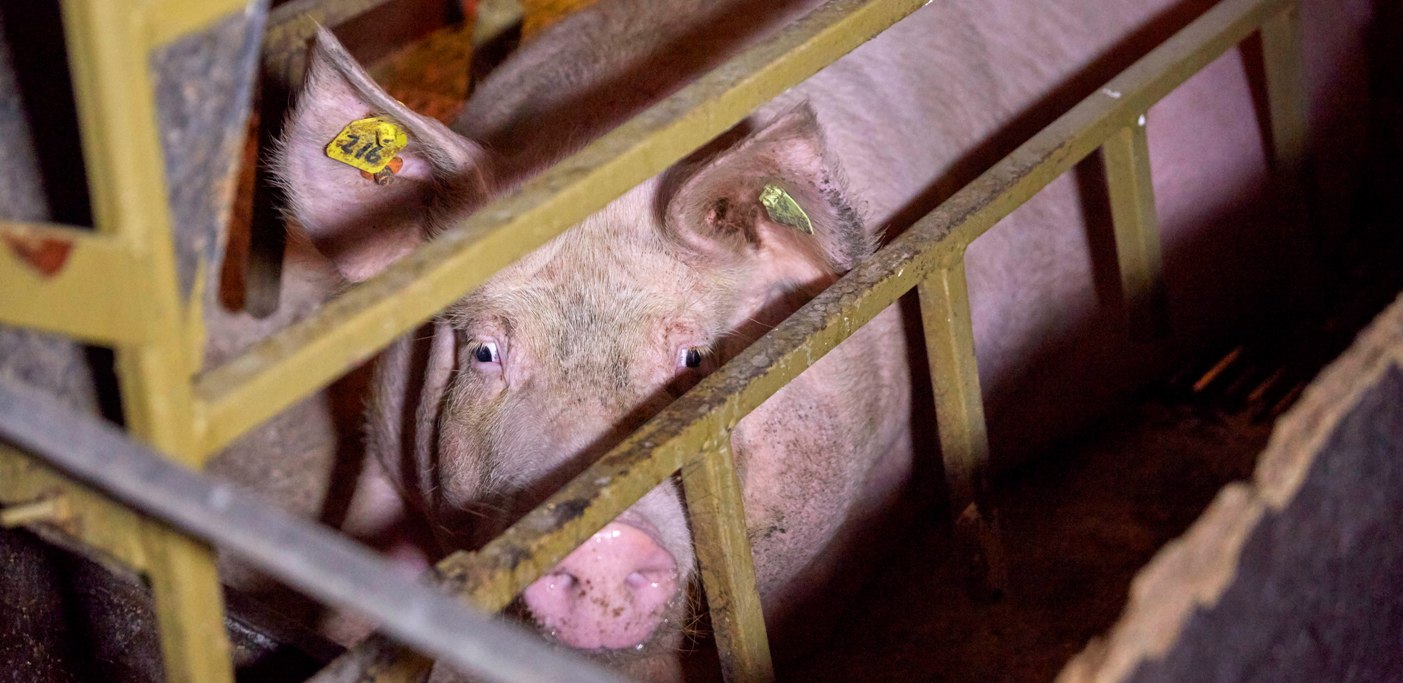


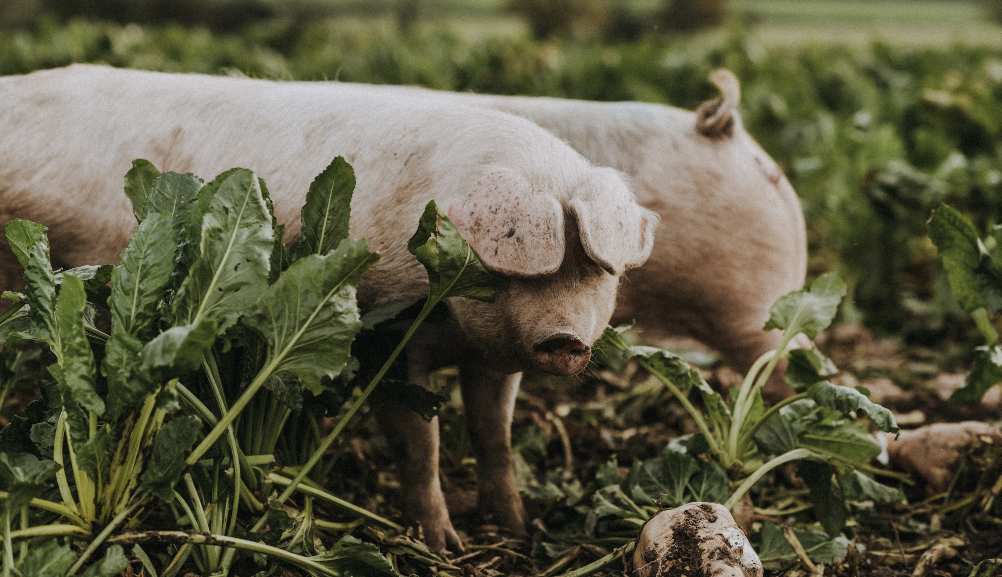
I believe there has to be a strong connection that this virus originated in animals due to horrific barbaric farming methods, and surely now more so than ever, its time to stop these factory farms once and for all. It’s no use trying to educate some people, because they will always go for the cheapest option when shopping, and to hell with how it gets there. I personally don’t eat meat, but if I did, I would have to be certain it was ethically farmed.
Connection of different viruses with the factory farms seems justifiable.